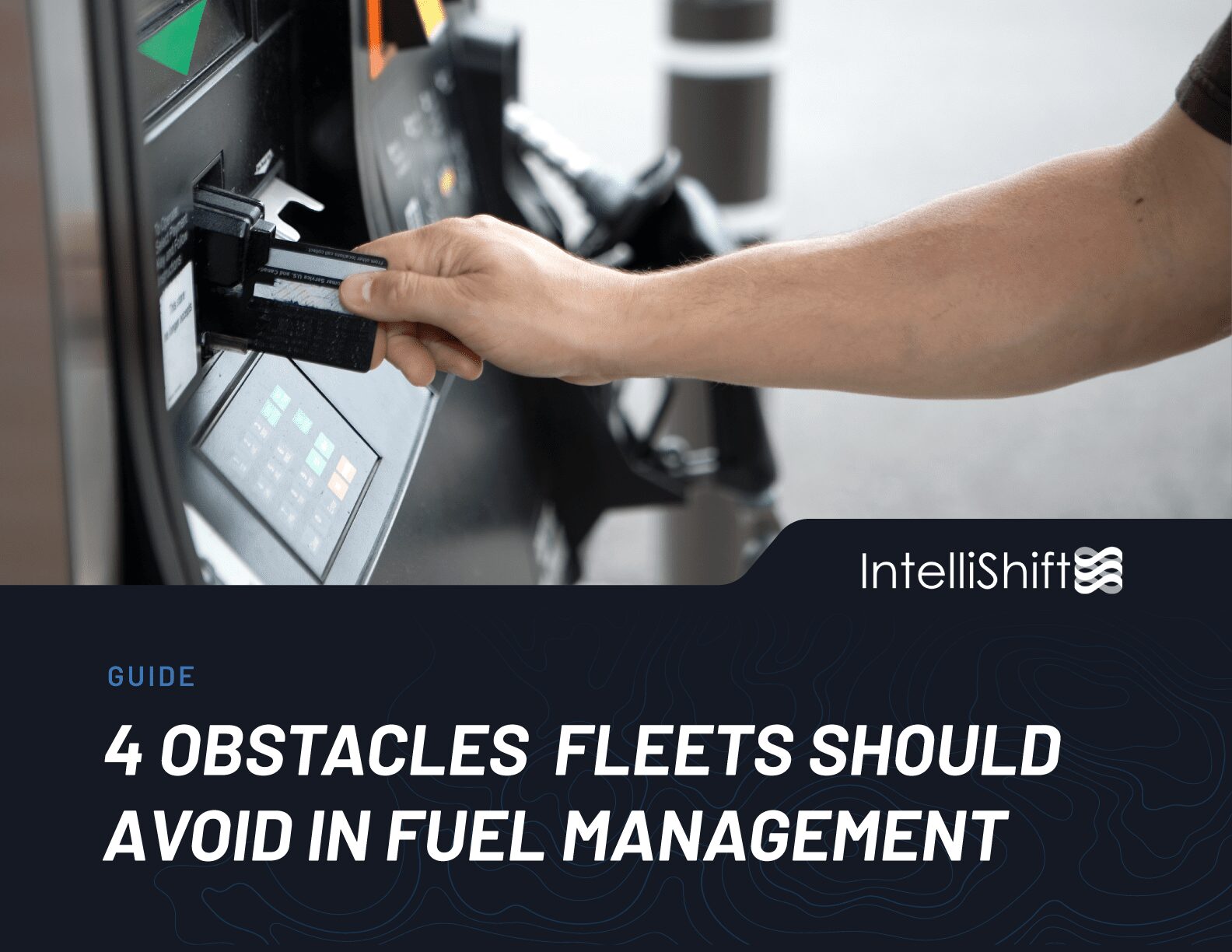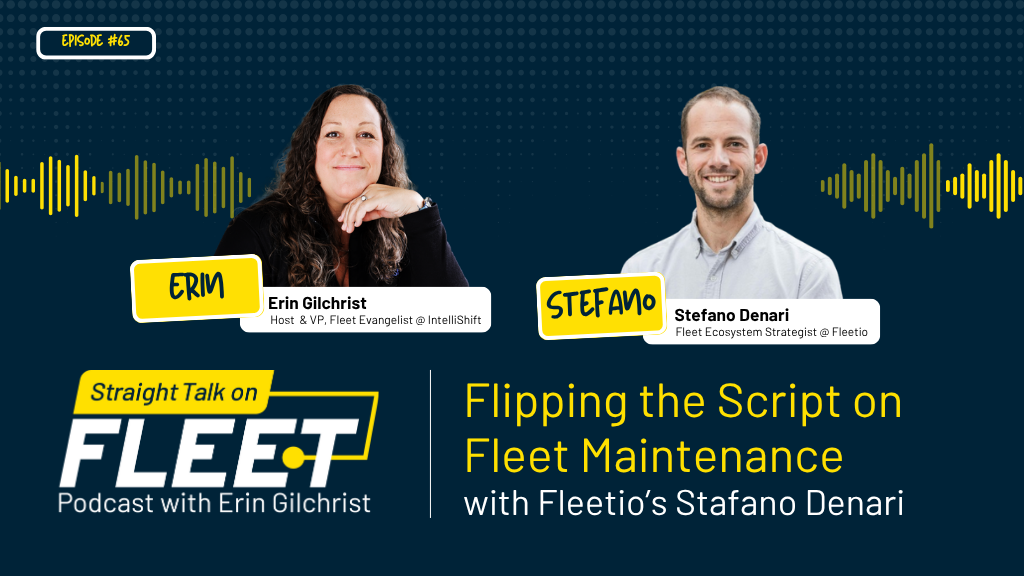While exact numbers are debated, many experts agree that a large portion of fleet accidents are tied to human error. What if you could reduce that risk while improving company culture?
Imagine a fleet where every driver is proactive about safety—reducing accidents, cutting costs, and boosting overall performance. In today’s fast-paced transportation world, building a fleet safety culture isn’t just beneficial—it’s essential.
Think about leading by example, communicating openly, and using smart technology like AI dash cameras for real-time coaching. Picture rewarding safe driving, managing fatigue effectively, investing in ongoing training, and keeping your vehicles in top shape. By implementing these strategies, you’re not just complying with regulations—you’re creating a resilient, safety-conscious team and strengthening your fleet safety culture.
Benefits of a Safety-First Culture
Accidents hit hard—not just in dollars but in lost time and missed customer deadlines. Every mishap can mean hefty repair bills, long stretches of downtime, and sky-high insurance costs.
But here’s the bright side: focusing on fleet safety means you’re cutting out those risks before they add up. Investing in a strong fleet safety culture not only saves money but also keeps operations humming along smoothly.
Long-Term Benefits:
- Ensures Regulatory Compliance: Proactively meets industry safety standards, reducing legal risks.
- Boosts Efficiency: Fewer accidents mean less downtime and more reliable schedules.
- Keeps Your Best Drivers on Board: A safe workplace shows drivers they’re valued, improving retention and attracting new talent.
- Enhances Reputation: A solid safety record builds trust with customers and sets you apart in the market.
- Improves Profitability: Lower accident costs translate directly into a healthier bottom line.
As Brian Fielkow, Executive Vice President of Risk Resources at Acrisure, explains, safety isn’t just about avoiding accidents—it’s a foundation for success:
“I changed my thinking about safety where, you know, safety was a department. Now it’s a way of life, and I began to understand that safety is the core—at the foundation of operational excellence and profitability.”
Lead By Example
As a fleet leader, your actions set the tone for safety. Your behavior, attitude, and decision-making are a live blueprint for your team. By consistently following safety rules, wearing the proper gear, and engaging in training sessions, you show that safety is more than just a list—it’s a core value of your fleet safety culture.
Model Safety with a Top-Down Leadership Approach:
- Model Behavior: Follow safety guidelines, wear the right gear, and take part in training to prove your commitment.
- Transparent Communication: Share what you’ve learned from mistakes to build trust and encourage open dialogue.
- Active Engagement: Lead safety briefings and hands-on training to inspire your team to put safety first.
- Share Results: Regularly communicate safety metrics, incident reports, and improvements to show progress and reinforce accountability
When leaders prioritize safety, it creates a ripple effect, ensuring that every team member takes responsibility for keeping the fleet secure and efficient. Brian Fielkow emphasizes that safety can’t be an afterthought—it must be embedded into company culture:
“It’s got to be in a company’s DNA. It’s got to be leader-driven.”
Keep Safety Out in the Open
When safety is part of everyday conversation, it becomes a shared core value. Regularly discussing safety topics not only keeps everyone informed but also builds trust within your team. By making safety a constant talking point, you ensure that all team members know their well-being is taken seriously. This encourages open communication and helps catch potential issues before they become bigger problems.
How to Keep Safety a Priority:
- Regular Updates: Share safety tips and updates during meetings or through quick messages.
- Use Clear, Direct Language: Avoid jargon or confusing terms that might dilute the message.
- Encourage Two-Way Communication: Create an open environment where drivers feel comfortable voicing concerns and sharing insights.
A culture of open communication allows potential issues to be identified and addressed before they become bigger problems. Fielkow underscores that company-wide communication is key to a strong safety culture:
“Safety is everybody’s responsibility. Your safety professionals are there to teach, train, coach, mentor, ensure consistency, and accountability. But who is responsible for the execution of safety? It’s operations. They’re the ones making critical decisions every day.”
Smart Coaching with AI Dash Cams
AI dash cams are changing the way we train drivers. They provide real-time, in-cab coaching to spot and fix risky behaviors before they turn into accidents. This hands-on approach helps drivers improve on the spot and keeps everyone safe on the road.
How AI Dash Cams Improve Safety:
- In-Cab Coaching: Detect and correct risky behaviors as they happen, preventing potential incidents before they occur.
- Live Driving Insights: Monitor habits in real-time, allowing fleet managers to track improvements and reinforce good driving practices.
- Unbiased Feedback: Review objective footage to discuss incidents without unnecessary blame.
- Customized Training: Use real-world data to create training sessions tailored to individual drivers.
By integrating AI dash cams, fleets not only enhance safety but also improve driver performance in a constructive, data-driven way.
Celebrate Safe Driving
Recognizing and rewarding safe driving helps create a positive culture on the road. When drivers see their efforts being celebrated, they’re more likely to stick to safe habits and go the extra mile for the team.
Ways to Promote Safe Driving:
- Driver Recognition Programs: Publicly acknowledge drivers who demonstrate exceptional safety habits.
- Offer Incentives: Provide bonuses, extra time off, or small rewards to reinforce safe driving behavior.
- Encourage Friendly Competitions: Organize safe driving challenges to keep safety engaging and fun.
- Create a Feedback Loop: Share success stories to keep motivation high and promote continuous improvement.
By celebrating safety, companies can transform good driving habits into long-term cultural standards.
Stay Sharp with a Fatigue Management Policy
Driver fatigue is a real safety risk that can affect performance on the road. By implementing a fatigue management policy, you show your team that their well-being comes first. This policy is a set of rules and guidelines that help manage and reduce driver fatigue. It typically includes plans for regular breaks, limits on driving hours, and support systems to ensure drivers get enough rest.
Key Elements of a Fatigue Policy:
- Plan for Rest: Schedule breaks and ensure drivers get enough downtime.
- Track Driving Hours: Use systems to monitor and prevent excessive hours on the road.
- Provide Educational Resources: Train drivers on recognizing fatigue and how to manage it.
- Establish Clear Rules: Make sure guidelines are simple and easy to follow.
- Use Digital Inspections: Add driver fitness questions to pre-shift inspections to flag fatigue risks early.
Prioritizing driver rest isn’t just about compliance—it’s about protecting lives.
Keep Your Fleet in Top Shape
Regular maintenance and inspections are key to keeping your vehicles safe and running smoothly. By being proactive, you can catch small issues before they become big problems, ensuring your fleet is always ready for the road.
Maintenance Must-Dos:
- Conduct Routine Inspections: Identify and resolve minor issues early.
- Prioritize Timely Repairs: Address mechanical problems before they lead to major breakdowns.
- Follow Preventative Maintenance Schedules: Keep vehicles in peak condition with regular servicing.
- Maintain Clear Records: Track repairs and inspections to ensure compliance and accountability.
- Leverage Digital Inspections: Assign drivers to vehicles in real time each day while delivering timely maintenance data, ensuring both urgent and routine repairs are scheduled before they turn into costly breakdowns.
A well-maintained fleet isn’t just more reliable—it’s also safer for drivers and others on the road.
Team Up with a Safety-First Fleet Solution
A great partner can make all the difference when it comes to fleet safety. IntelliShift offers cutting-edge tools that integrate real-time insights, driver coaching, and maintenance tracking in one easy-to-use platform.
Why Choose IntelliShift?
- Industry Expertise: Benefit from fleet safety professionals who understand your challenges.
- Advanced Technology: Access AI-powered coaching, live tracking, and predictive maintenance tools.
- Tailored Safety Solutions: Get a strategy customized to your fleet’s unique needs.
- Ongoing Support & Updates: Stay ahead of safety risks with continuous innovations and expert guidance.
By partnering with IntelliShift, fleets gain more than just tools—they gain a trusted ally in building a safer, more connected future. As Erin Gilchrist, VP of Fleet Evangelism at IntelliShift, puts it:
“Mission to zero accidents. That’s what we say at IntelliShift, that’s what we’re helping our clients do every single day.”
She further explains that focusing on safety impacts every aspect of fleet operations:
“Building for safety as a fleet leader means you build the tech, the processes, and you get that top-down leadership, which you can only get when you share that great data.”
Driving Forward with a Fleet Safety Culture Mindset
Building a robust fleet safety culture isn’t a one-time effort—it’s an ongoing journey. By leading with a clear commitment, fostering open communication, and leveraging smart tools and training, you’re setting your fleet up for long-term success.
Fielkow leaves no doubt that a strong safety culture leads to better business outcomes:
“Healthy organizations—companies with a healthy culture—will experience setbacks, adversity, and safety issues. But they’re smart, it’s leader-driven, it’s employee-owned. They will overcome the safety challenges because they’re committed to continuous improvement.”
By making safety a core value rather than just a policy, businesses create stronger, more efficient, and more trusted fleets. Let’s move forward together—one safe mile at a time.
Ready to build a safety-first fleet? Download A Practical Guide to Fleet Safety with IntelliShift and start implementing these proven strategies.





![Episode 50 Thumbnail Erin celebrates building the fleet community with 50 episodes and 11K followers on LinkedIn [Podcast]](https://intellishift.com/wp-content/uploads/2025/03/gfx-blog_safety-culture.jpg)



